8 Tips for Healthy & Happy Houseplants
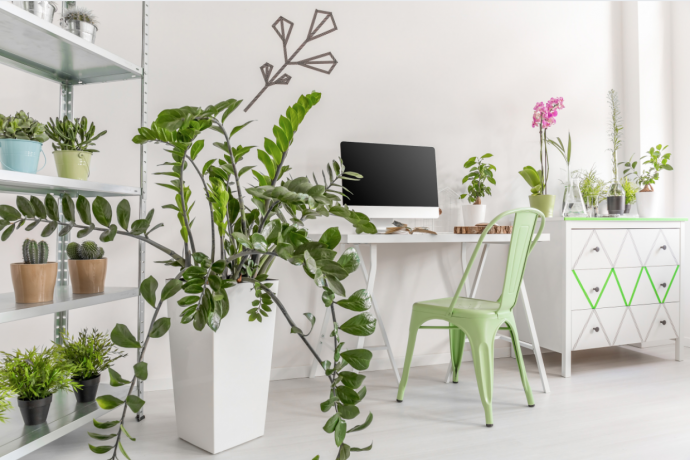
Houseplants bring nature indoors – a touch of green that softens hard lines and strong light in our homes or offices. Houseplants can even improve air quality indoors. Many differ in their specific cultural requirements, but here are some general tips to help keep yours healthy. Are you looking for some great indoor plant hacks to keep your plants thriving and happy? There are many different houseplant tips and tricks that you can use, so let’s explore a few of them in this quick houseplant care guide. Discover some wonderful hacks for indoor plants that you can use to make your life easier.
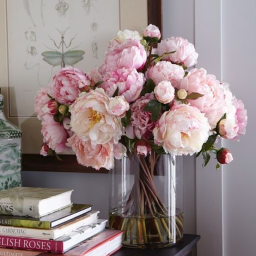
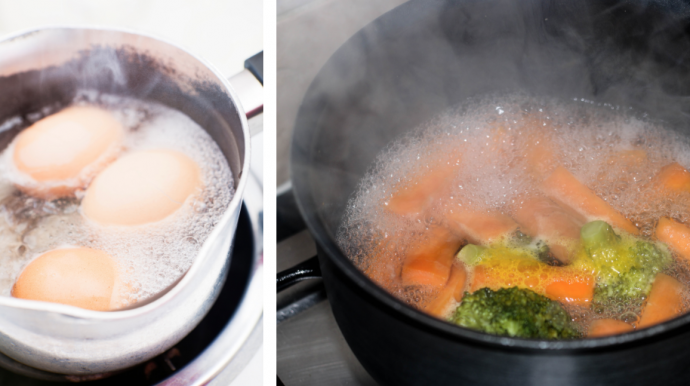
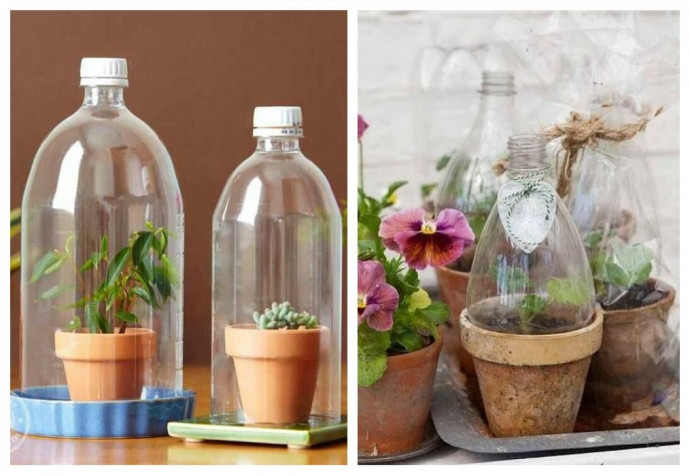



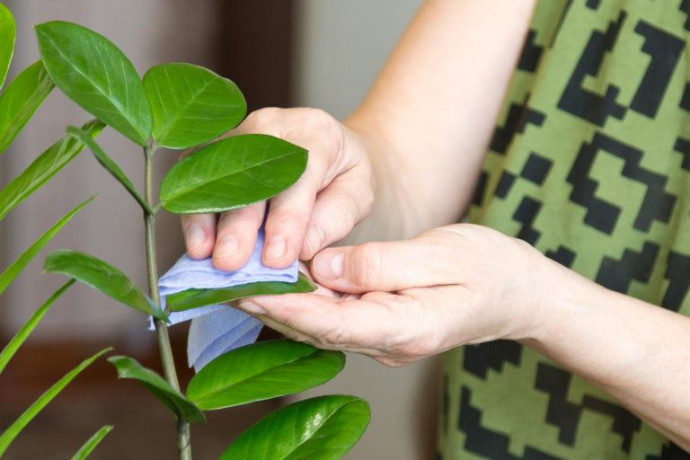


Great tips thanks